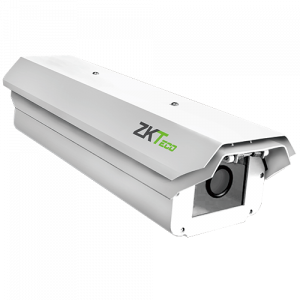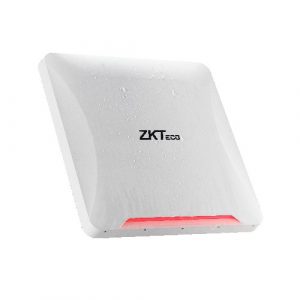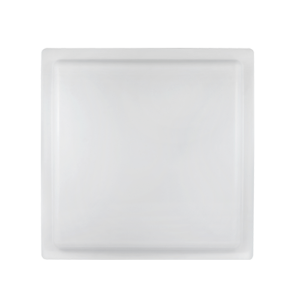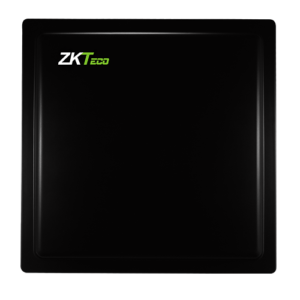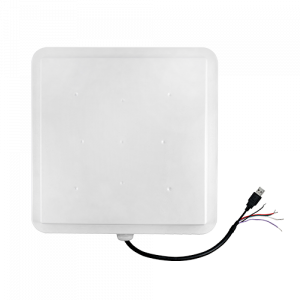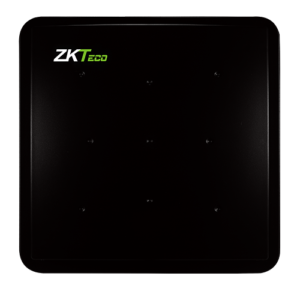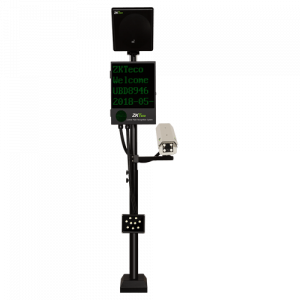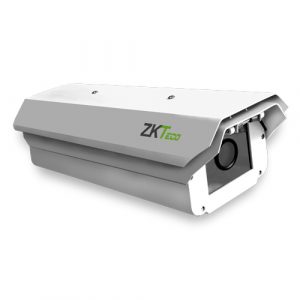
Рішення > Parking Management
Parking Management
With the rapid development of the global economy and the consistently improving living standard, there has been a growing number of vehicles. for efficient vehicle management, there has been an increasing number of parking lots and vehicle management areas beginning to use License Plate Recognition (LPR) products and Ultra-high Frequency (UHF) products. The automatic license plate identification enables fast vehicle access to parking, which provides convenient user experience.
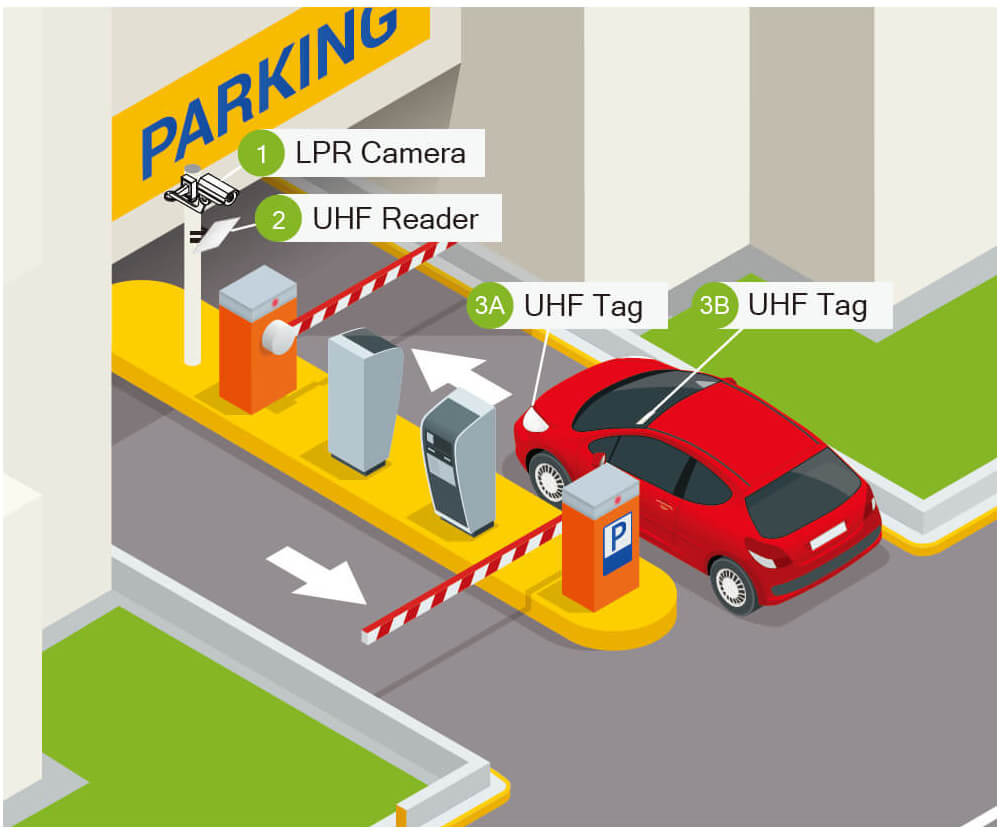
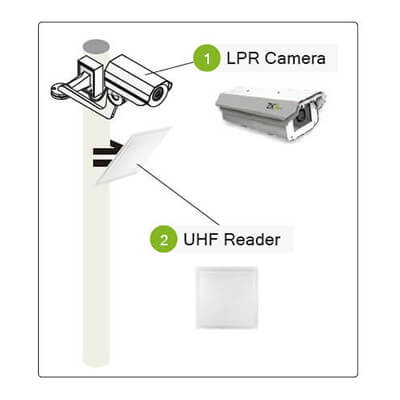
The ZKBioSecurity parking management system is based on a video camera for reading car numbers (LPR camera) and a long-range UHF reader.
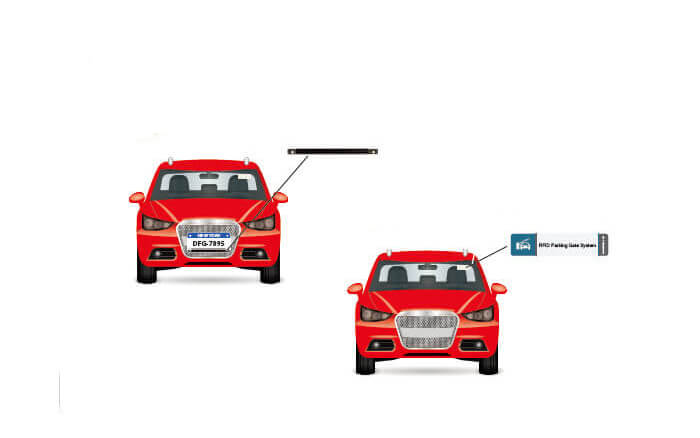
There are two types of UHF-tags compatible with ZKTeco’s vehicle access control solution: one is fixed to the car’s bumper, the other is mounted on the windshield.
Automatic Vehicle Recognition (With UHF Reader and UHF Tag)
Its operation starts when a user with the passive tag drive through the UHF reader located at the entrance of the parking lot. The UHF reader will recognize the tag. The carpark barrier will lift up for access upon valid recognition. If not, access will be denied.
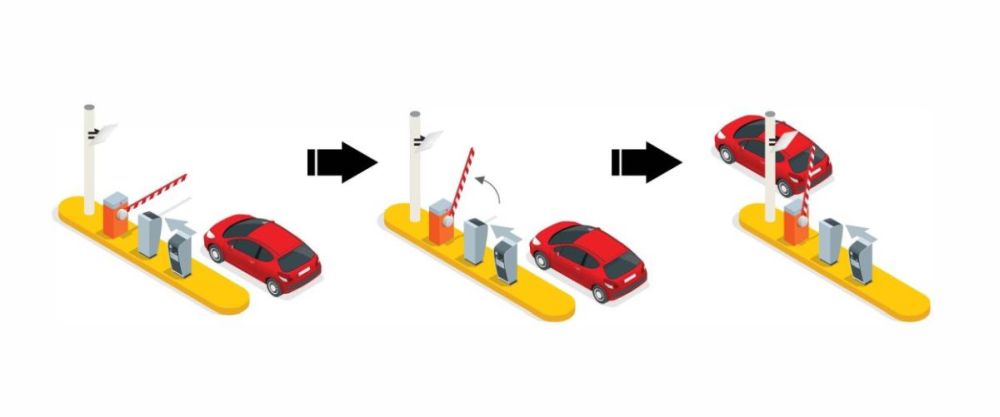
- UHF reader senses the UHF tag when vehicle is approaching its reading range.
- Boom barrier is lifted once the verification is confirmed.
- The car is driving.
Automatic Number Plates Verification (With LPR Camera)
LPR technology is an application of computer video image recognition technology in license plate identification area. Its operation starts when the vehicle is located at the entrance of the parking lot, the LPR Camera will scan on the license plate character, and its recognition technology will identify the license plate number, color and other information. If the number on the license plate is valid, the car park barrier will lift for access, otherwise, no access will be allowed.
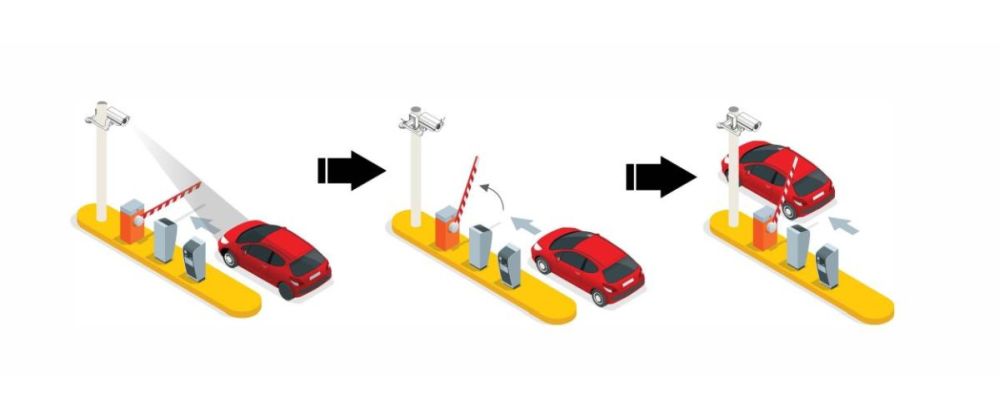
- LPR camera scans the number on the license plate when vehicle is approaching its reading range.
- Boom barrier is lifted once the verification is confirmed.
- The car can pass on the protected territory.
Dual Number Plate Authentication (UHF and LPR Based Two Level Authentication System for Vehicles)
Dual number plate authentication is a Multi-factor authentication to use of several authentication techniques together. Once the vehicle is located at the entrance of the carpark lot, both of the UHF reader and LPR Camera will start to recognise the UHF Tag and the number plate on the vehicle. If the verification of the number plate and the UHF tag is valid, the car park barrier will lift for access, otherwise no access will be allowed.
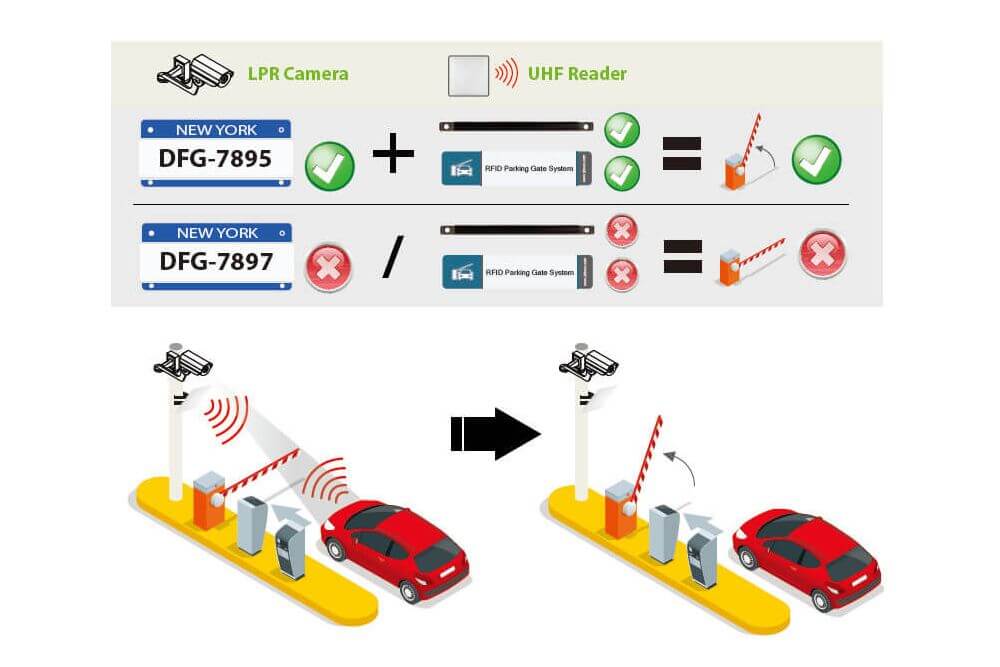
Blacklist and Whitelist Management
Car Park System management Software includes Role and Black and White Lists. If the cars are pre-set on the white list, including _re trucks, police cars, and privileged cars, can enter and exit the parking lot free of charge. Otherwise, cars on the black list are not allowed to enter or exit the parking lot.
White list
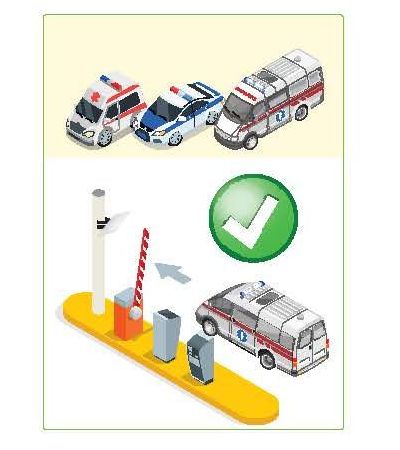
Black list
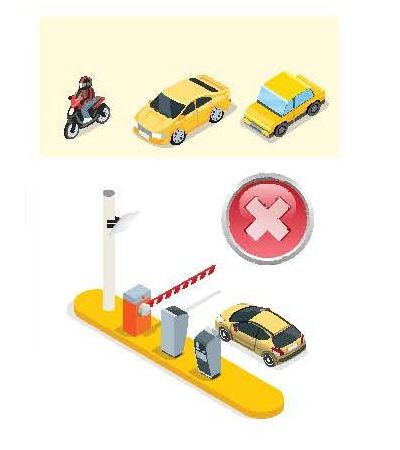
UHF Reader
The UHF RFID reader is an RFID long-range proximity card reader which can simultaneously read multiple passive UHF tags at ranges up to 12m. The reader is waterproof and is suitable for use in a wide range of RFID applications, such as transport management, vehicle management, car parking, production process control, and access control.
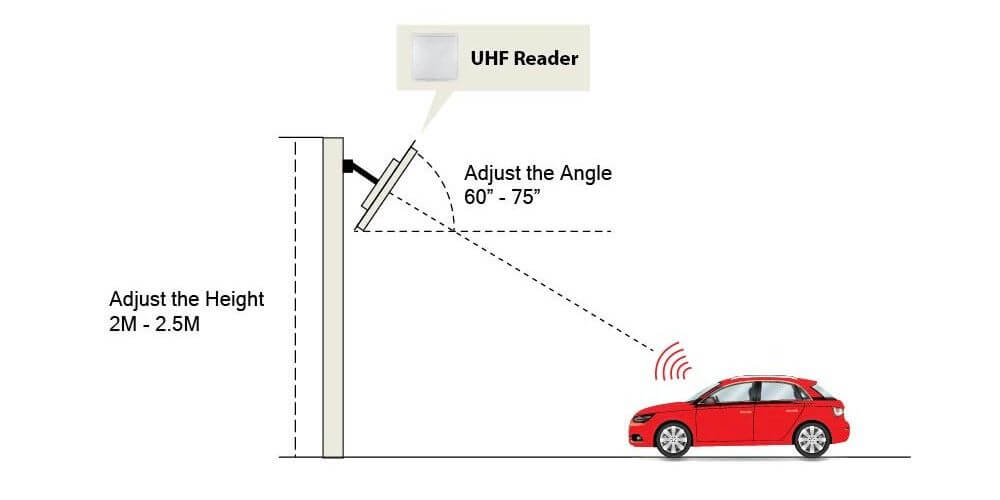
UHF Tags
There are two types of UHF tags used to control the access of vehicles over long distances.
Type 1.
It can be fixed on the upper or lower edges of the license plate.
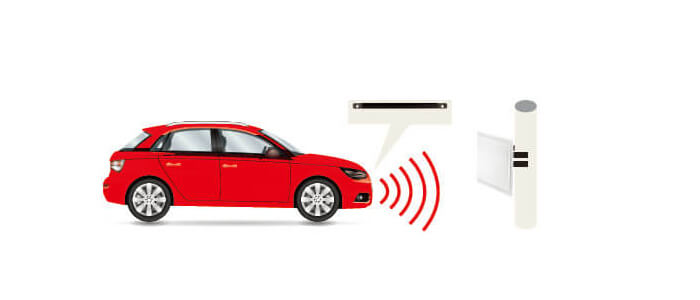
Type 2.
It is installed on the windshield inside the car. The distance between the UHF tag and the metal frame should be at least 80 mm.

LPR camera
LPR technology is an application of computer video image recognition technology in license plate identification area. This technology through the license plate crawling, image pre-processing, feature extraction, license plate character recognition technology to identify the license plate number, color and other information.
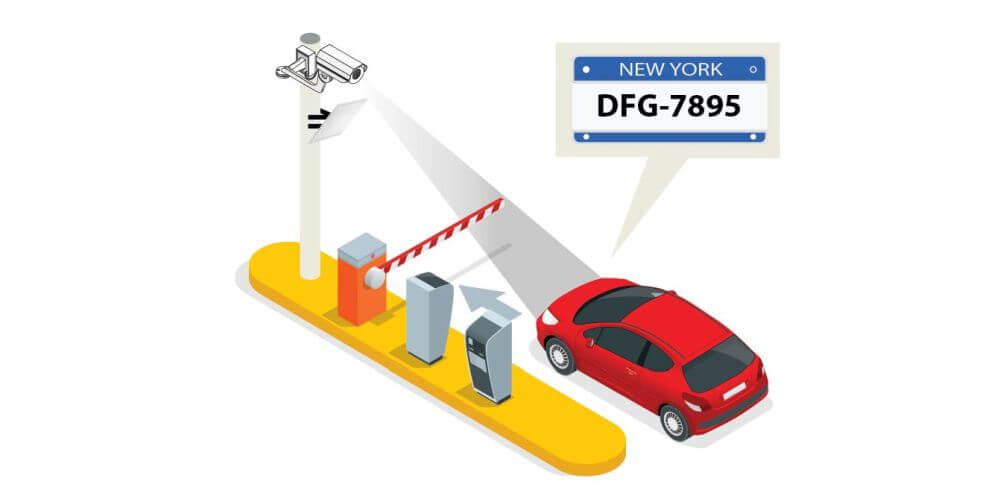
Related Products
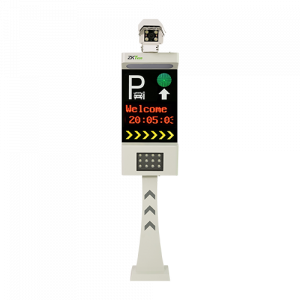
LPRS1000 License Plate Recognition Integrated Machine
